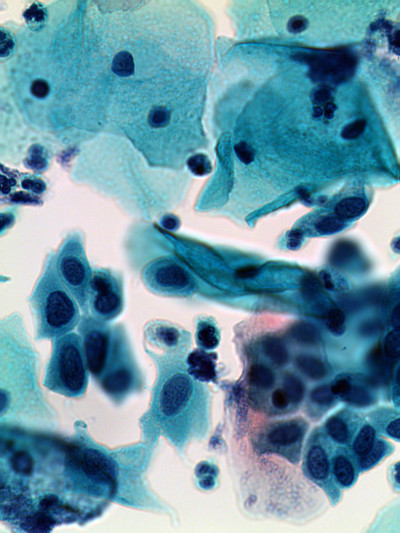Laboratory Services
Valproic Acid, Free, Serum
Print this pageUpdated Test Information:
| Test Description |
Valproic Acid, Free, Serum
|
|
|---|---|---|
| Synonym(s) |
Divalproex ,Valproate, Depakene (Valproic Acid), Depakane (Valproic Acid), Free Valproic Acid, Valproic Acid, Free and Total, VALPROIC ACID, FREE |
|
| Test ID |
VALPF
|
|
| Performing Lab |
Mayo |
|
| General Information |
Useful for monitoring free valproic acid in therapy, assessing compliance, evaluating potential toxicity |
|
| Container Type |
Preferred: SST |
|
| Specimen Type |
Serum |
|
| Specimen Requirements |
2mL |
|
| Specimen Collection / Processing Instructions |
1. SSTs should be centrifuged within 2 hours of collection. |
|
| Minimum Sample Volume |
1mL |
|
| Stability |
Refrigerated (preferred): 14 days |
|
| Unacceptable Specimen Conditions |
Gross hemolysis |
|
| Methodology |
Ultrafiltration Followed by Immunoassay |
|
| Estimated TAT |
1-2 Days |
|
| Testing Schedule |
Daily |
|
| Retention |
7 Days |
|
| CPT Code(s) |
80165 |
|
| Reference Range |
Therapeutic: 5-25 mcg/mL Critical value: >30 mcg/mL |
|
| LOINC Code(s) |
4087-3 |
|
| Collection File | View/Download File | |
| Additional Information |
The generally acceptable range for total valproic acid used as a reference to guide therapy is 50 to 125 mcg/mL. The corresponding range of free valproic acid concentration for clinical reference is 5 to 25 mcg/mL. Low free valproic acid concentration relative to these ranges may suggest inadequate dosing, whereas a high free valproic acid concentration may be associated with toxic effects. Because the concentration of valproic acid fluctuates considerably depending on the time from last dose, interpretation of the clinical significance of the valproic acid concentration must take into consideration the timing of the blood specimen. For this reason, 2 collections are sometimes made to assess the trough and peak concentrations. |
